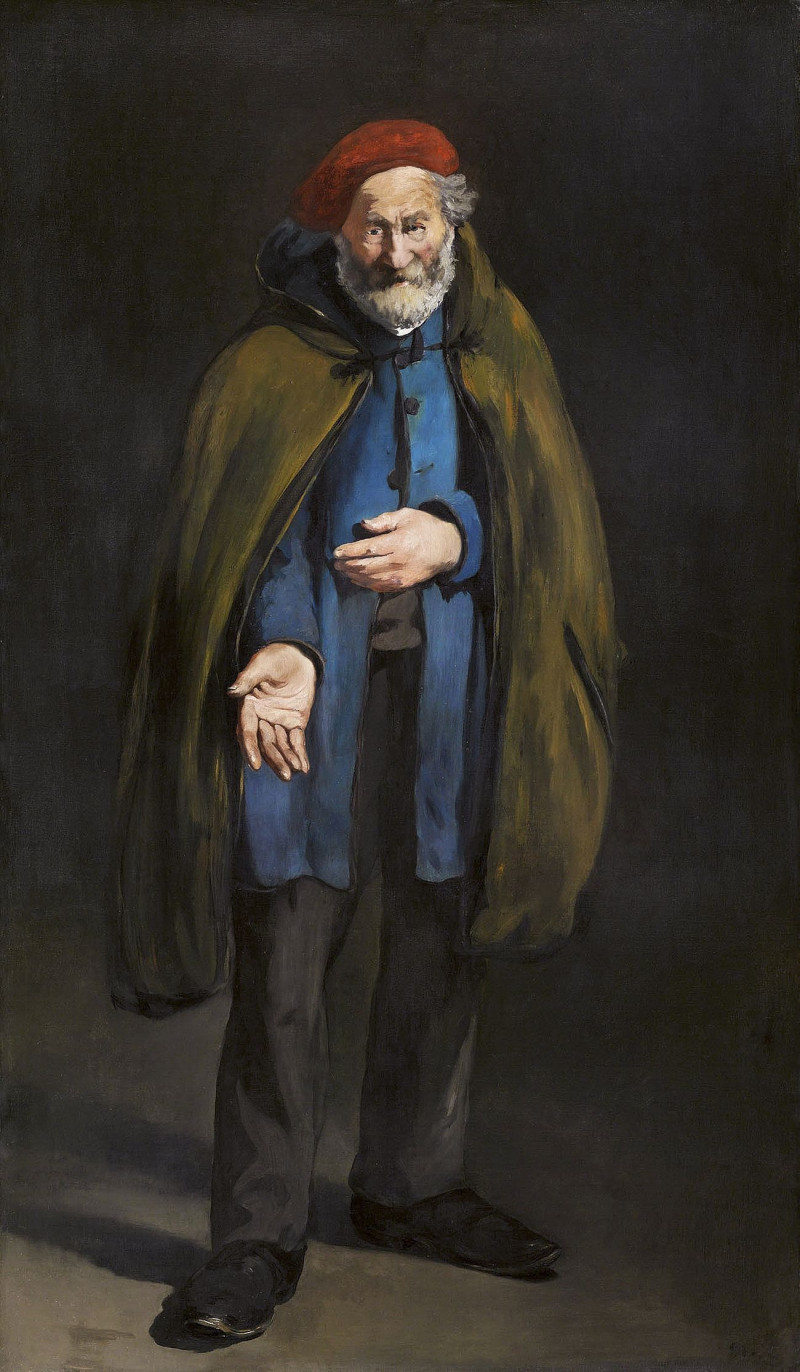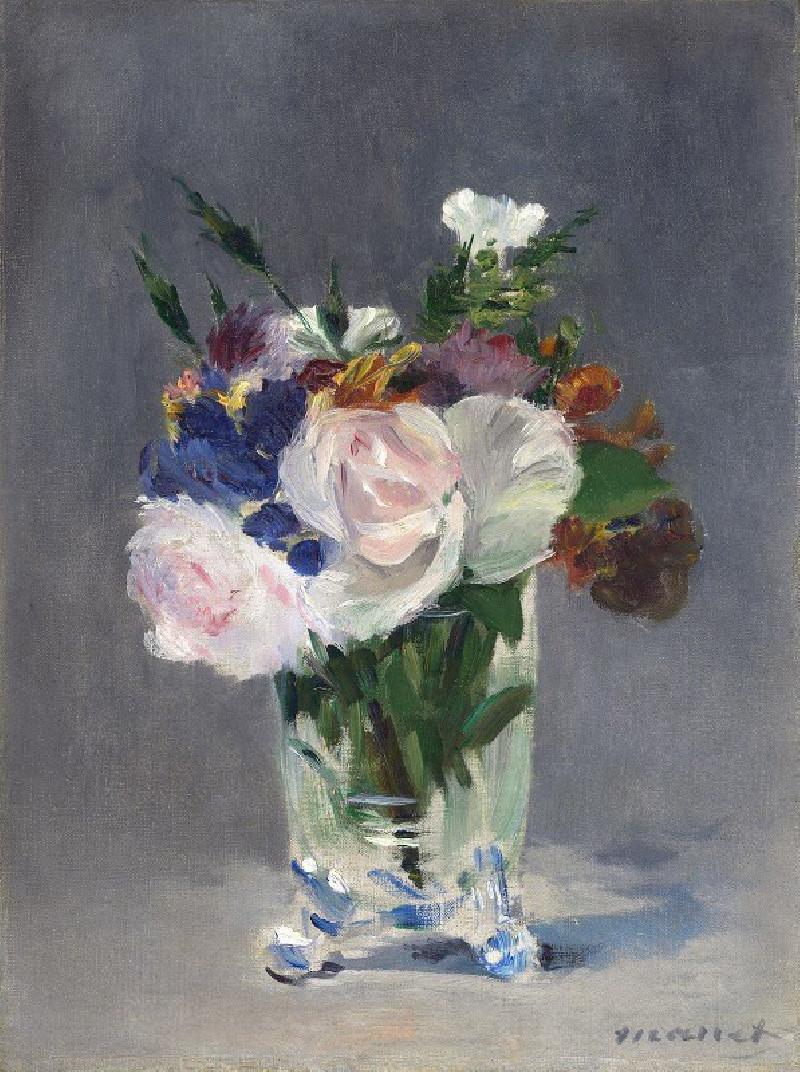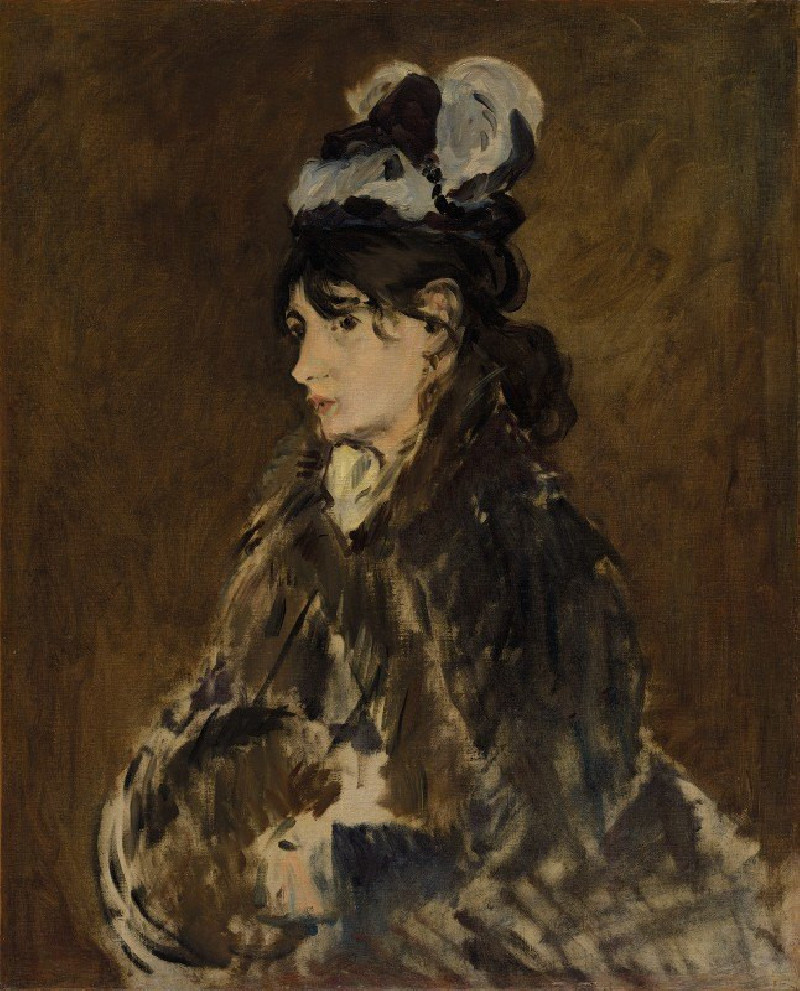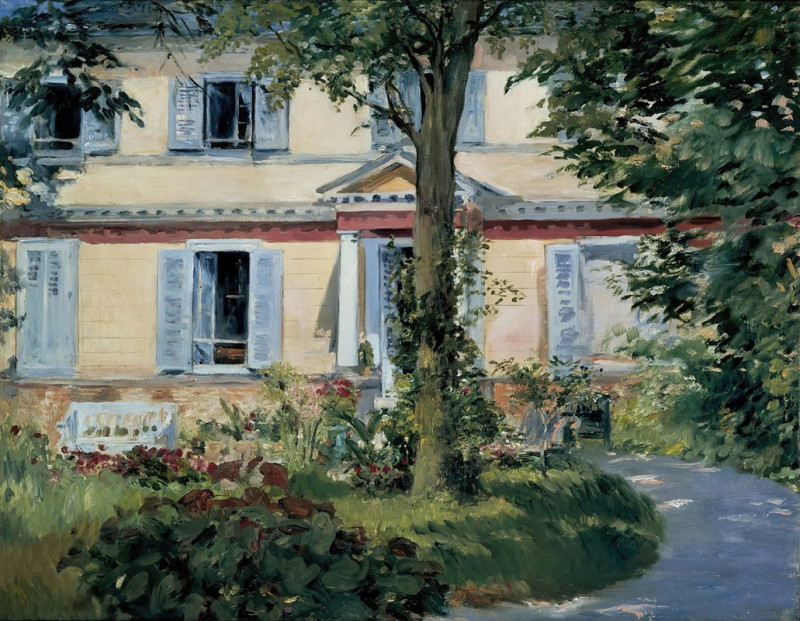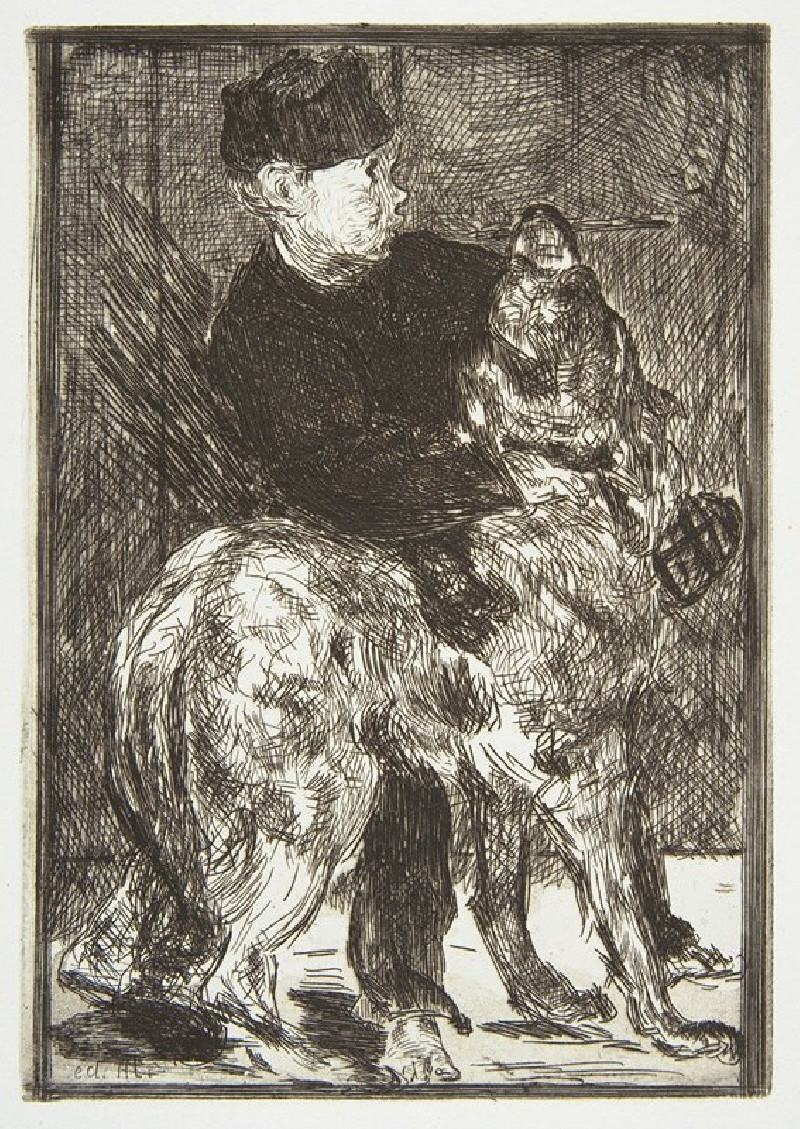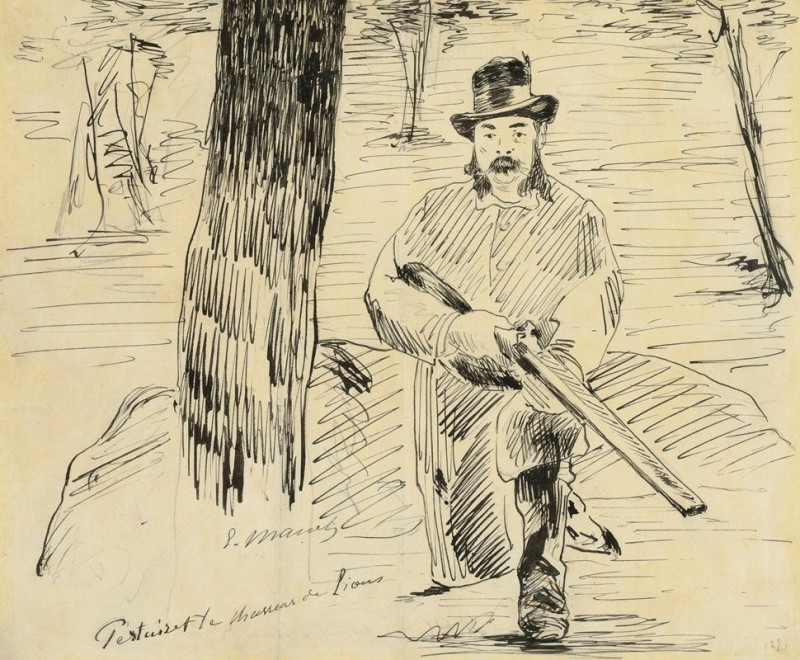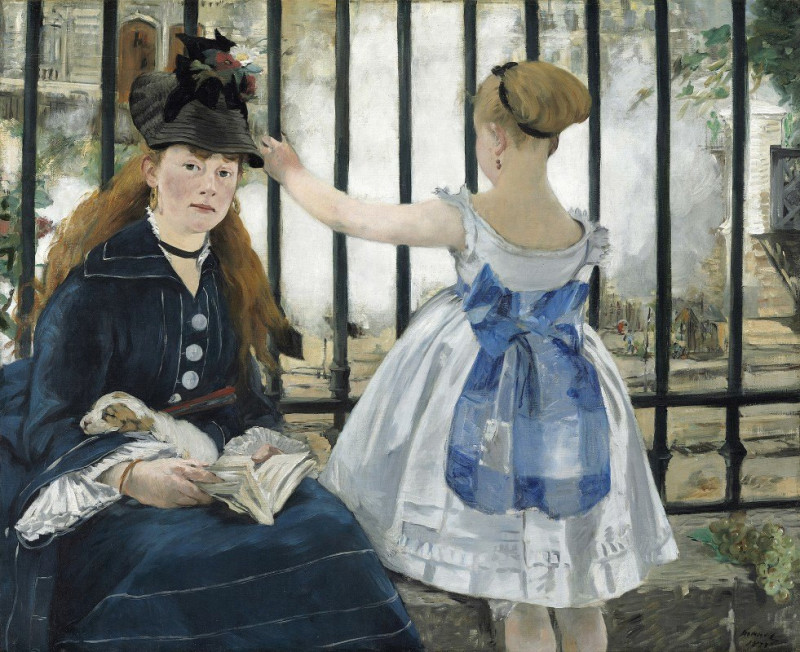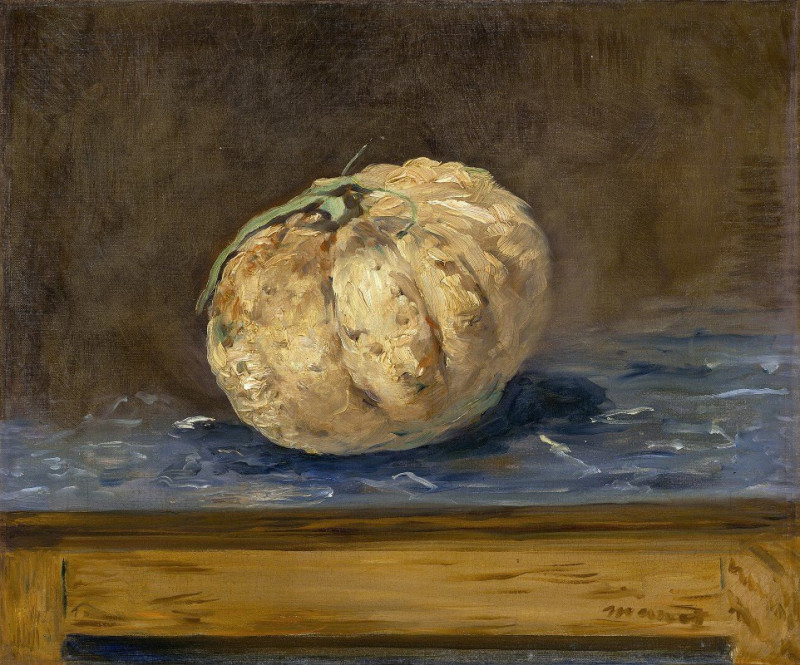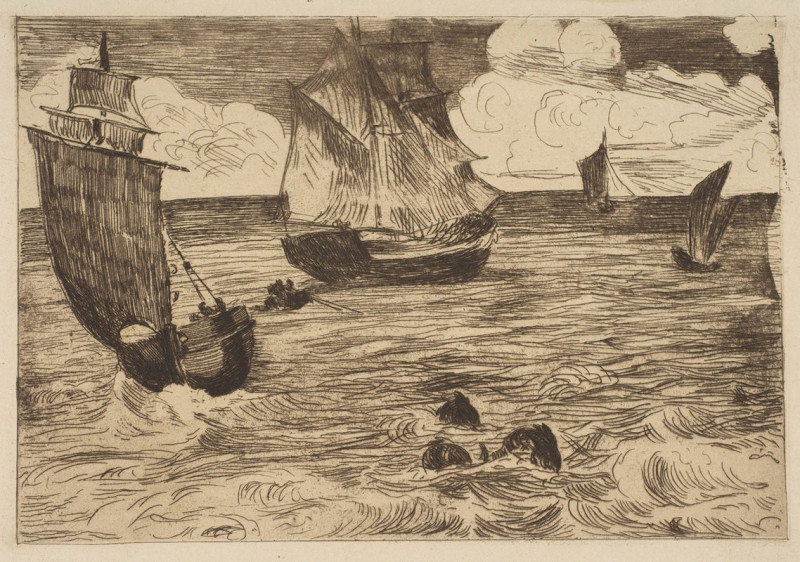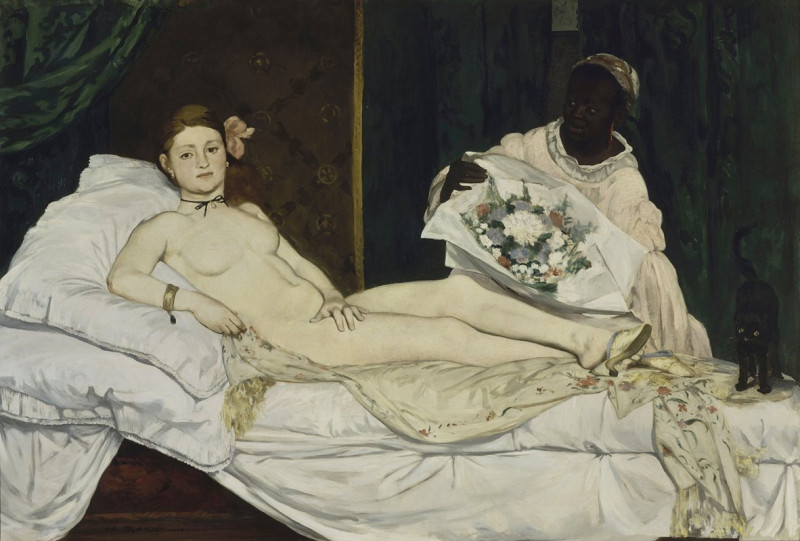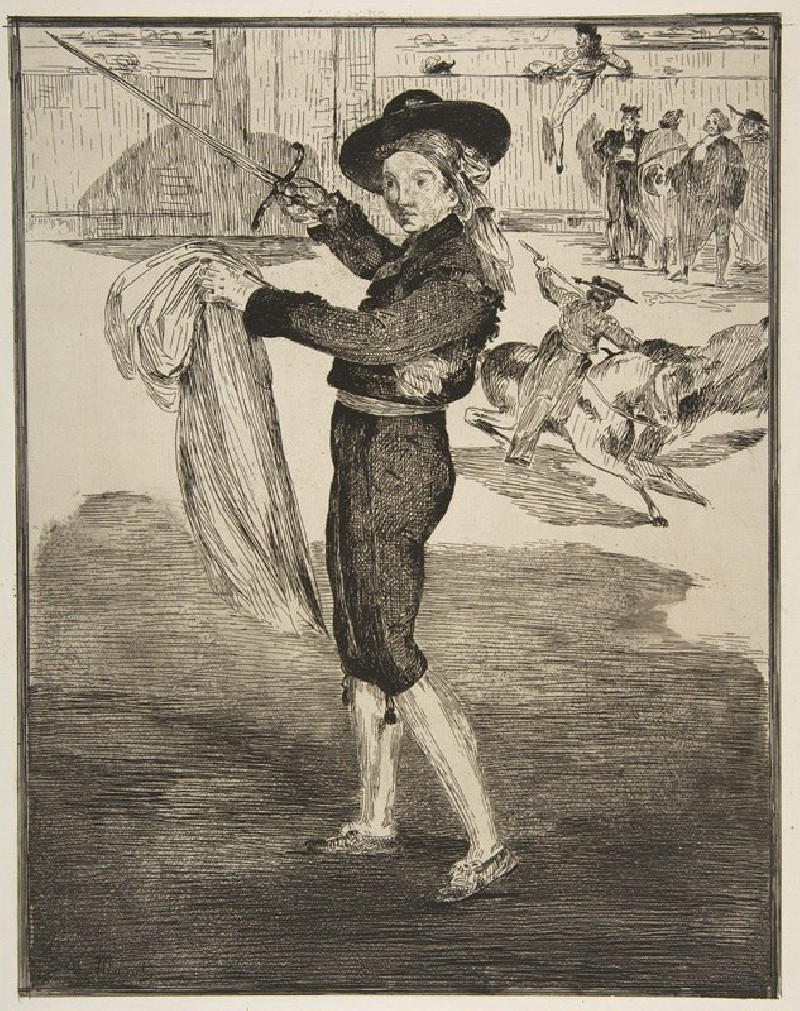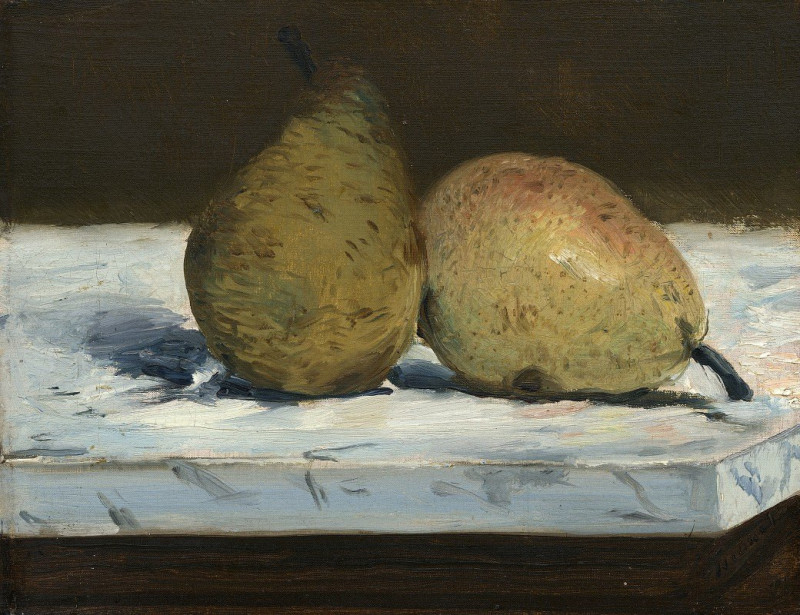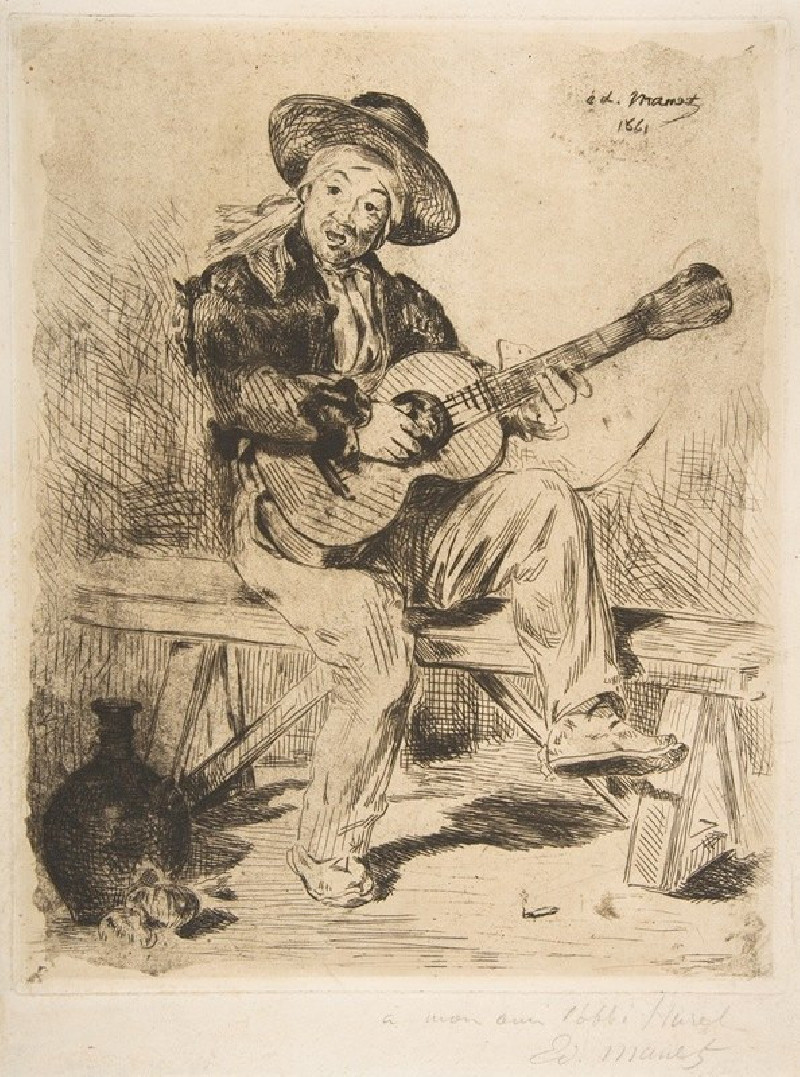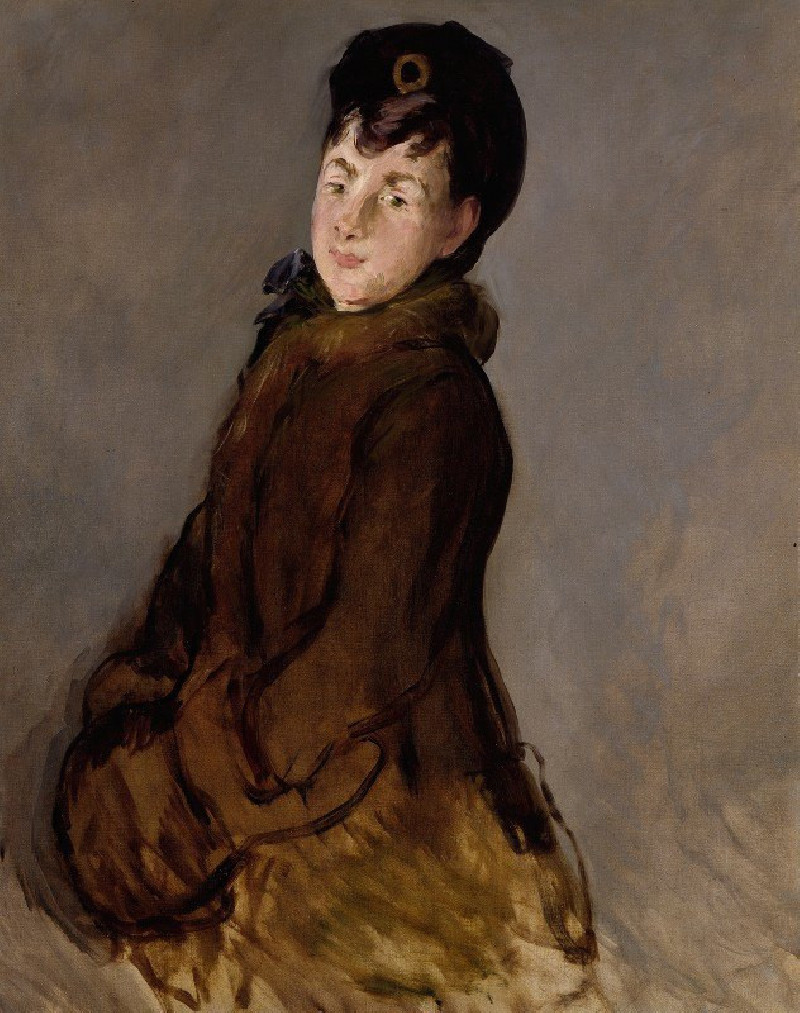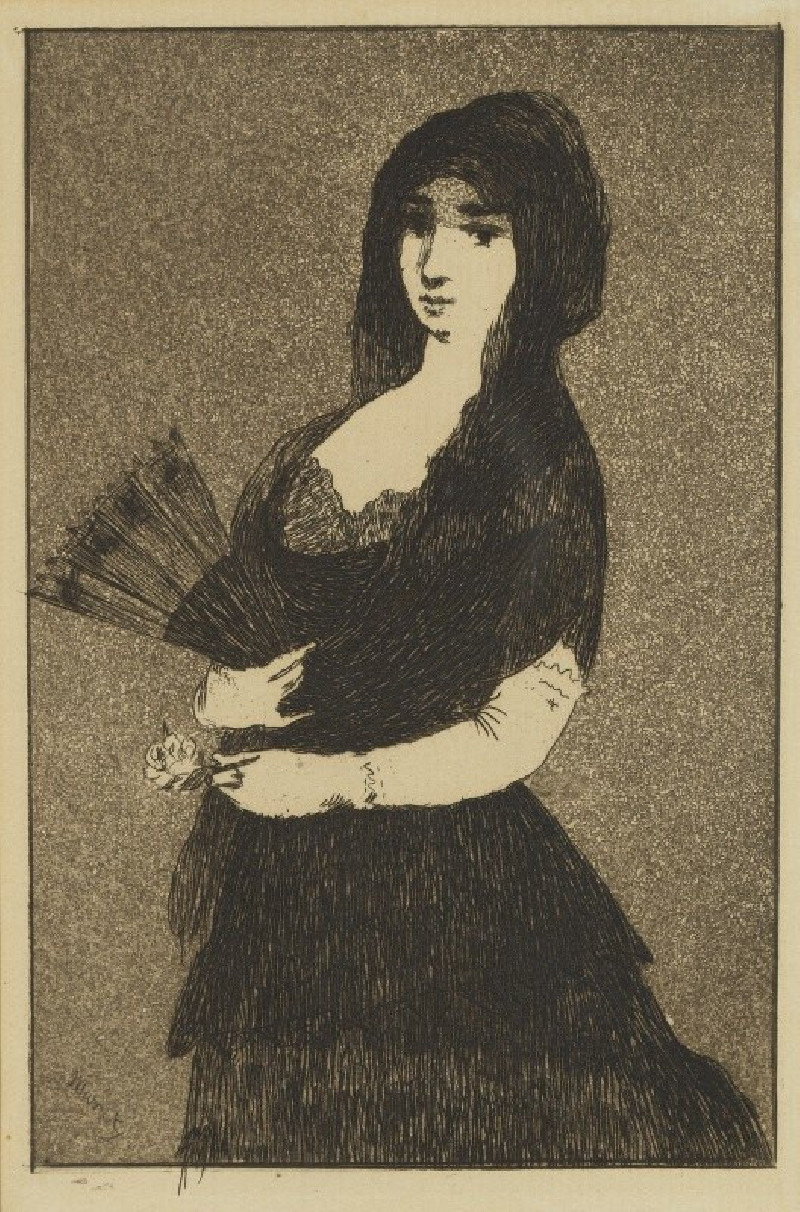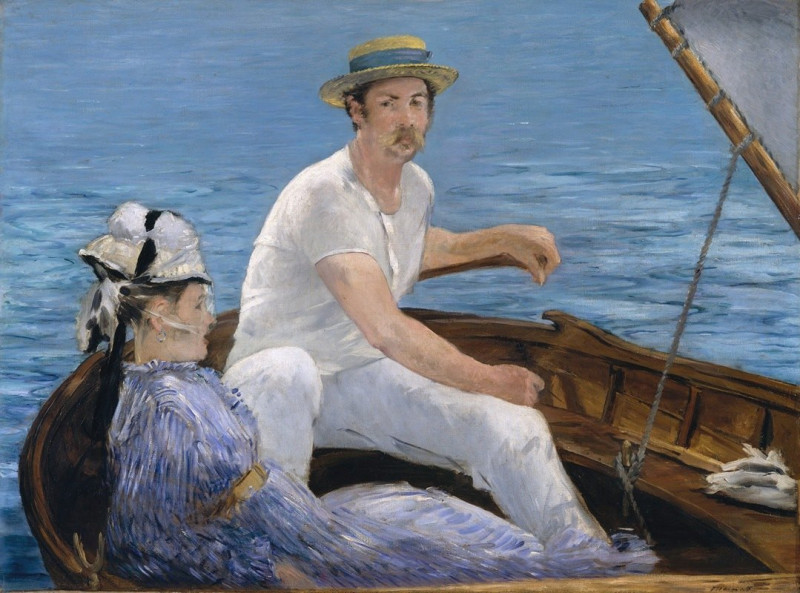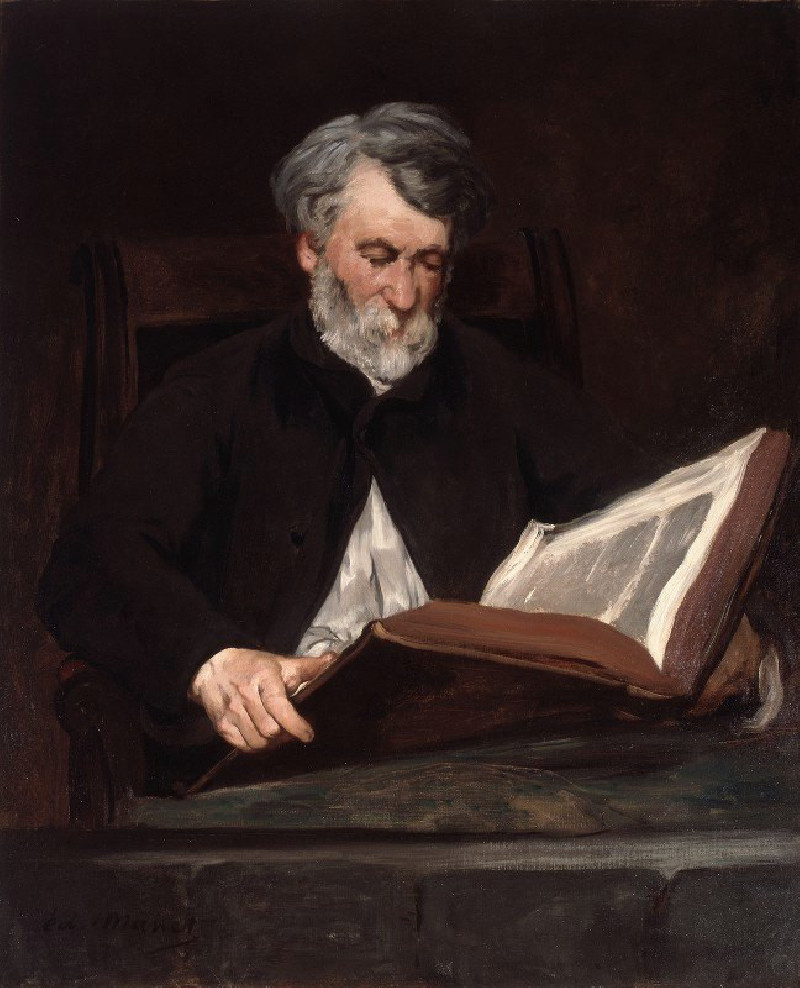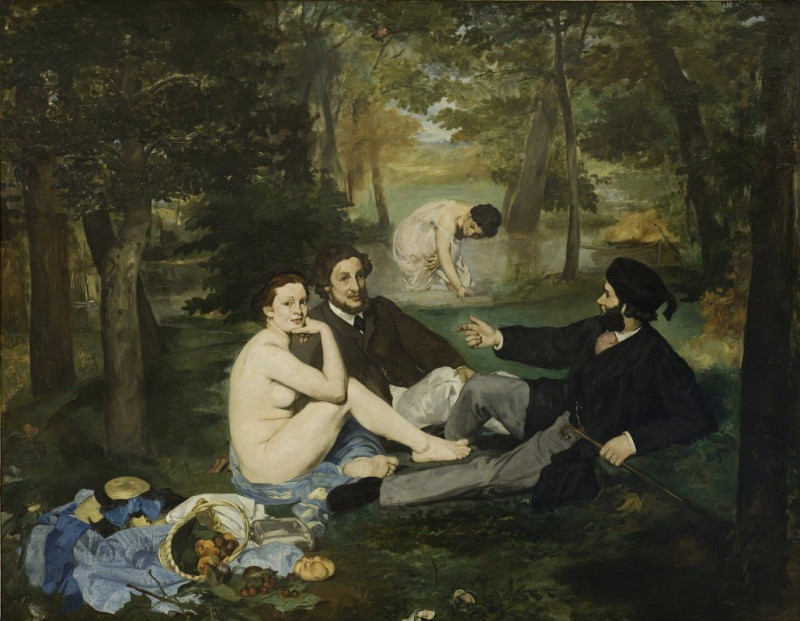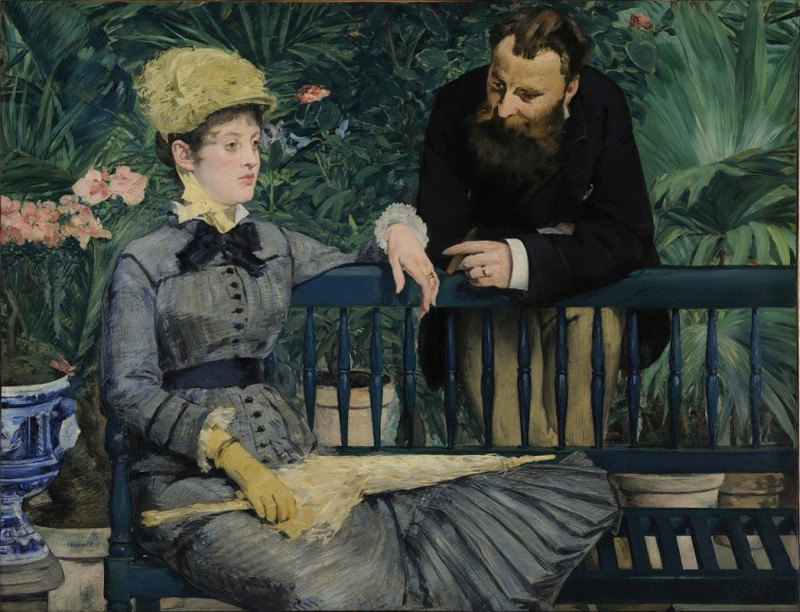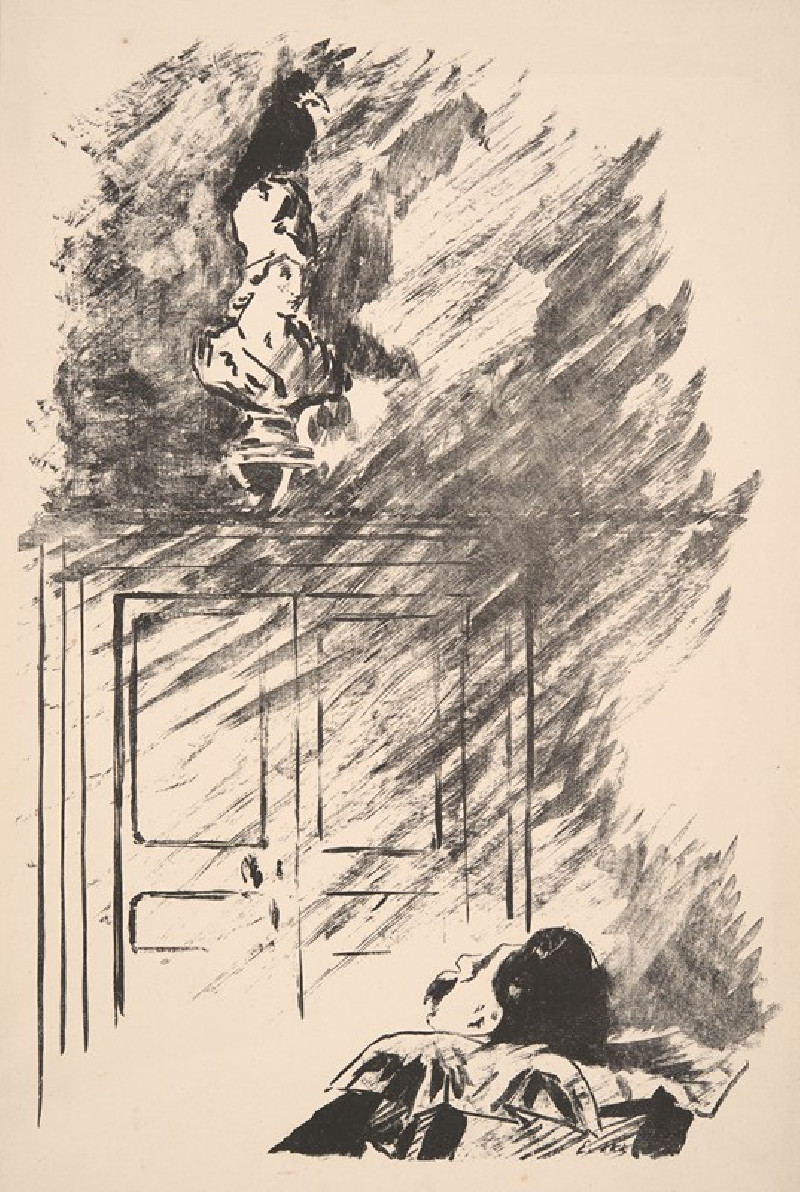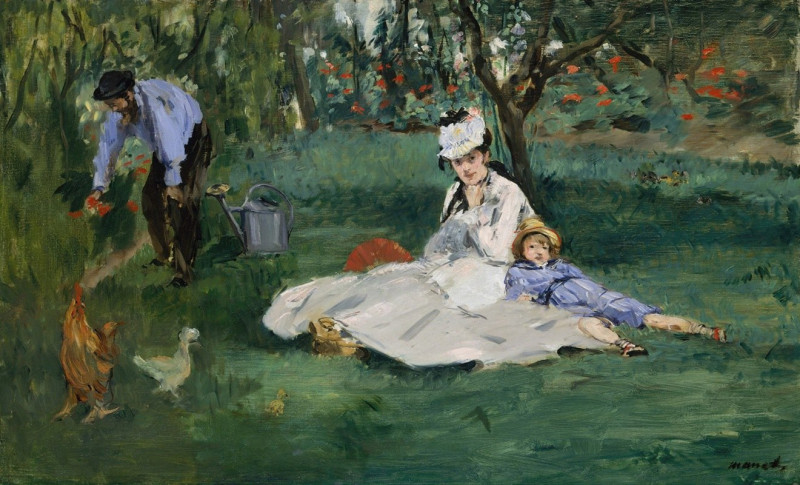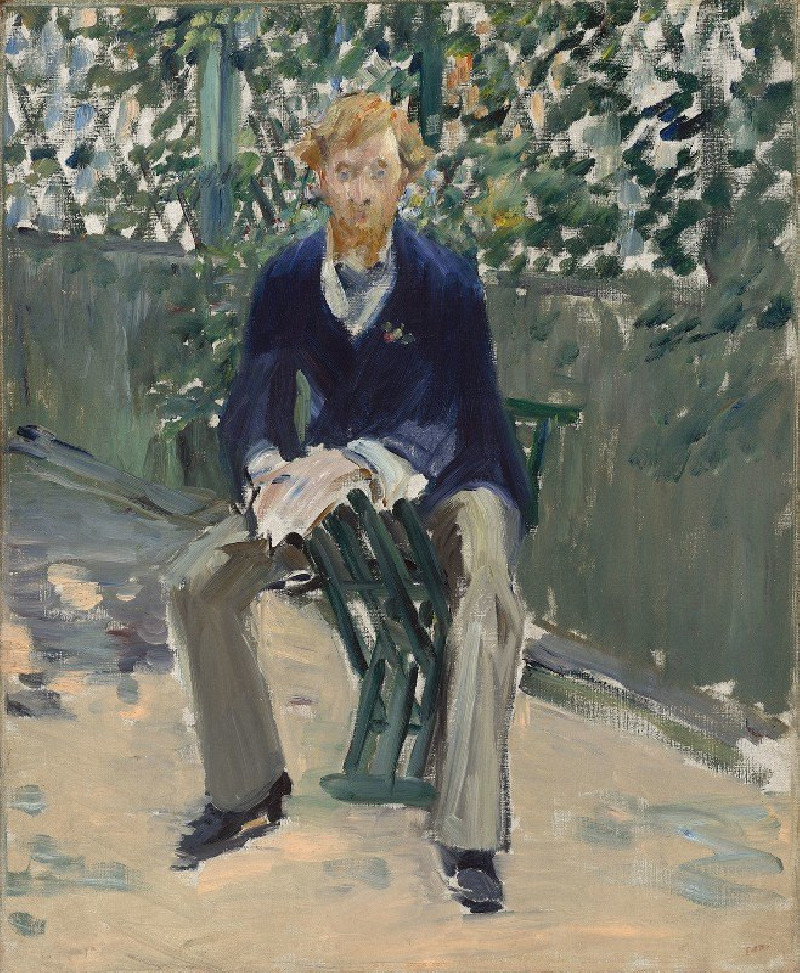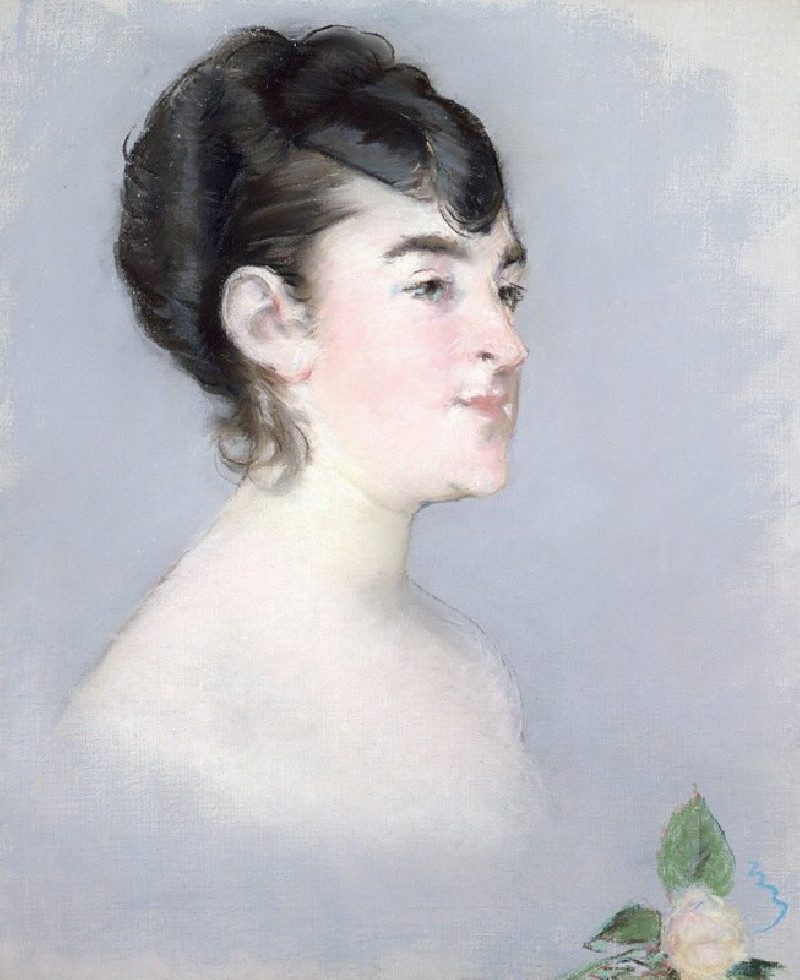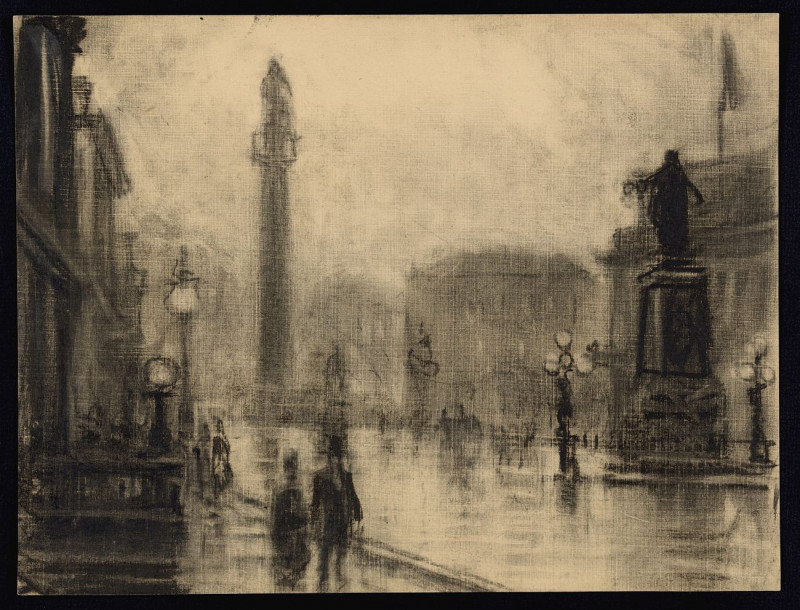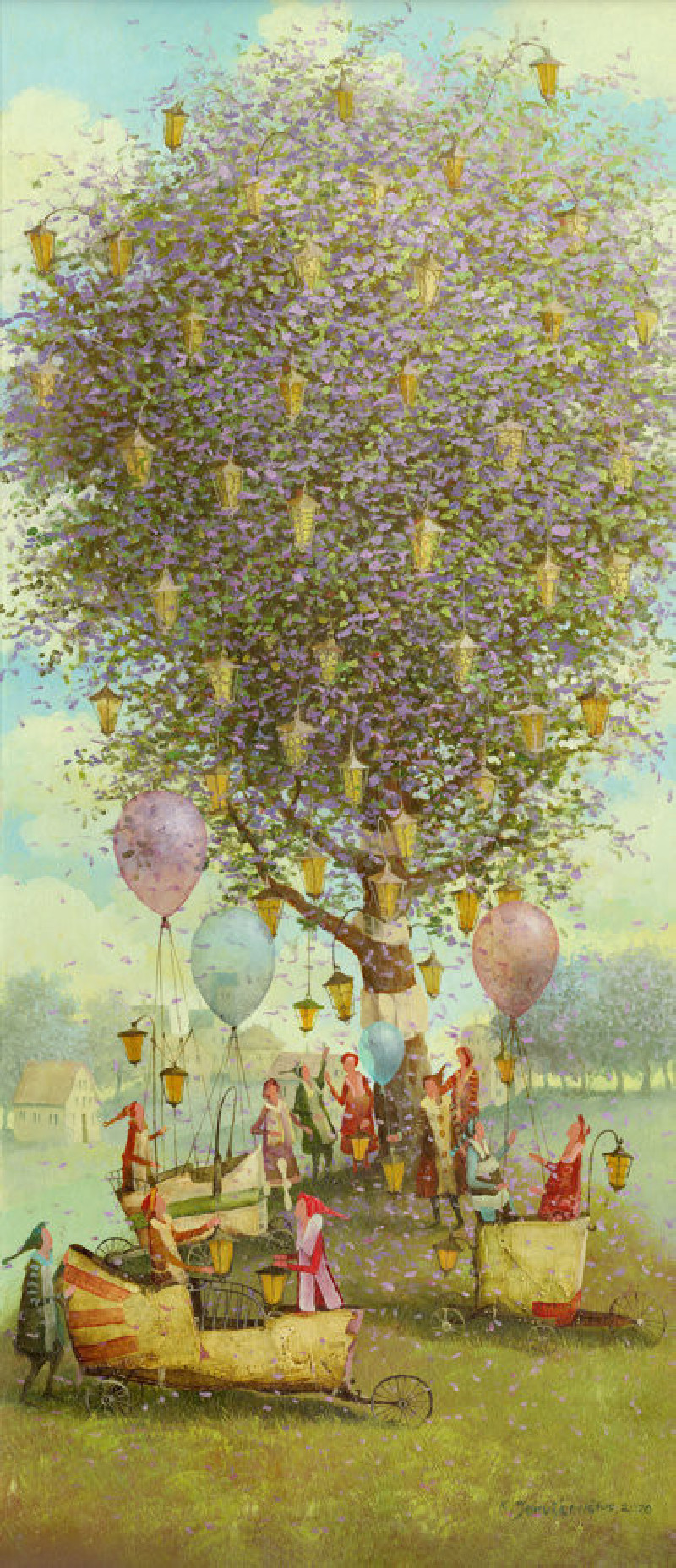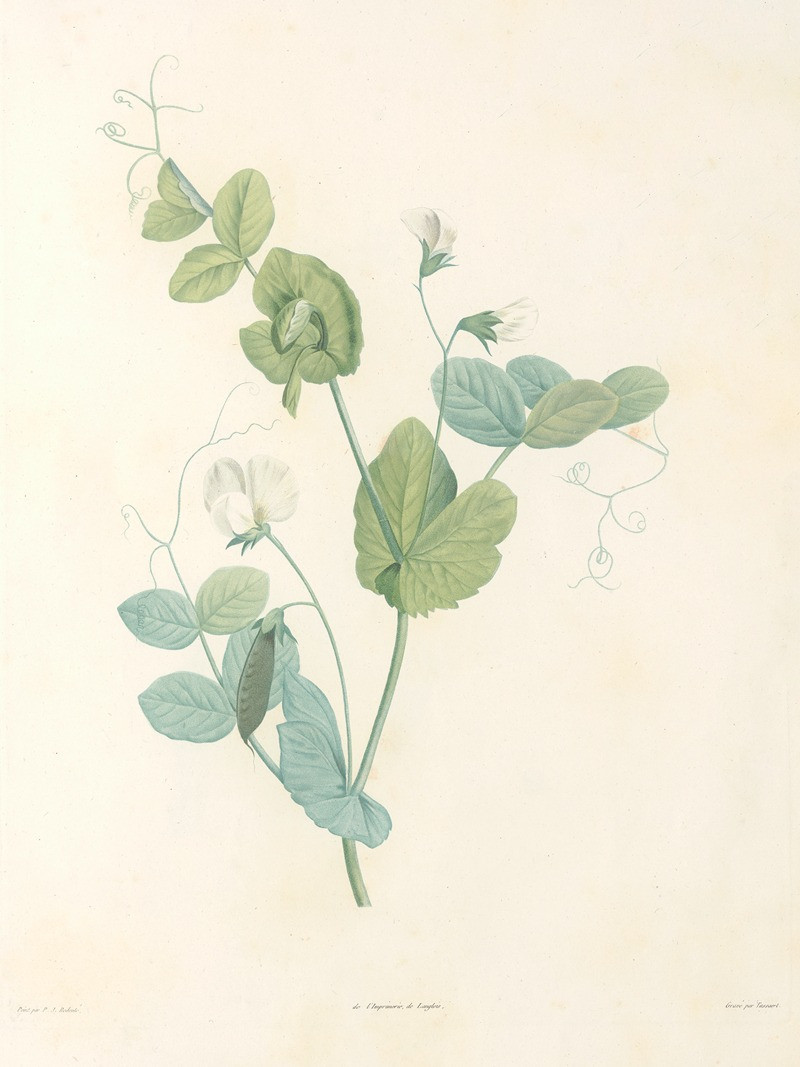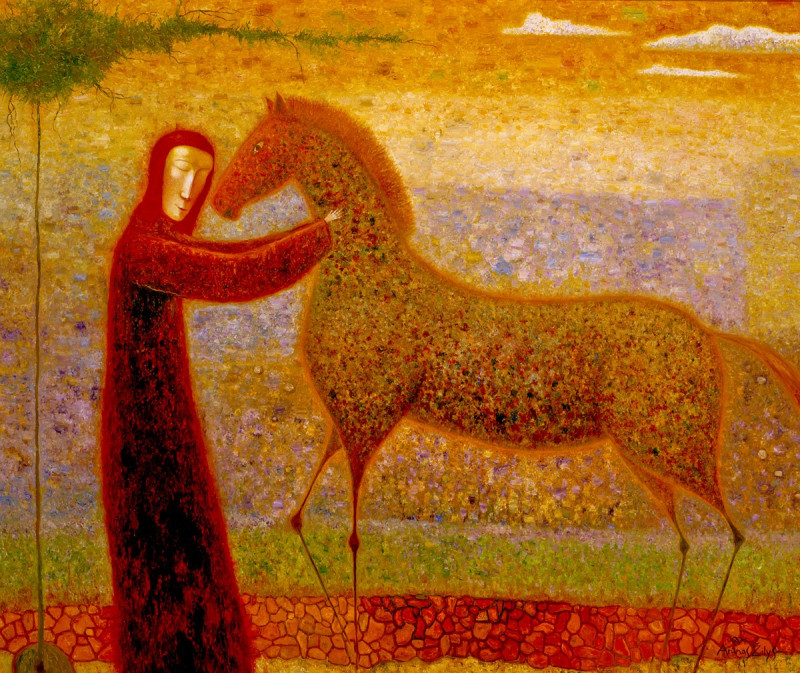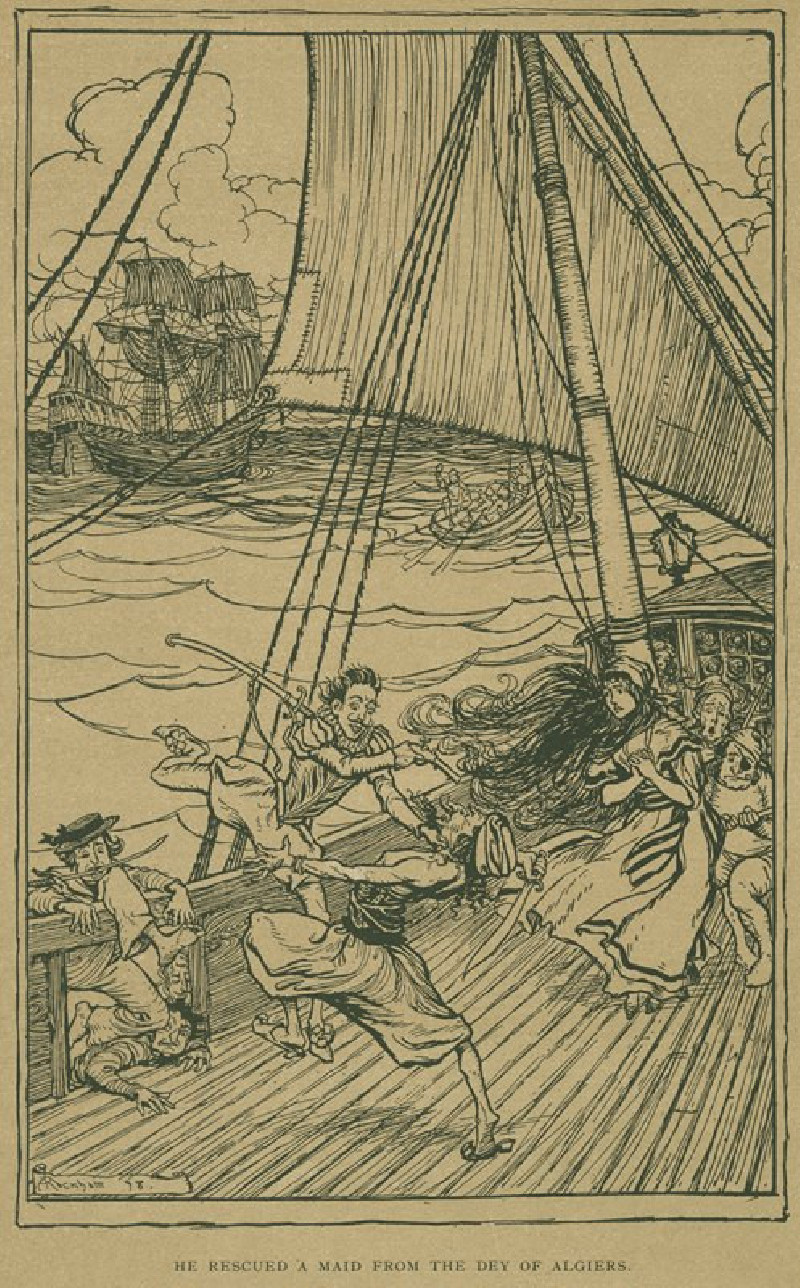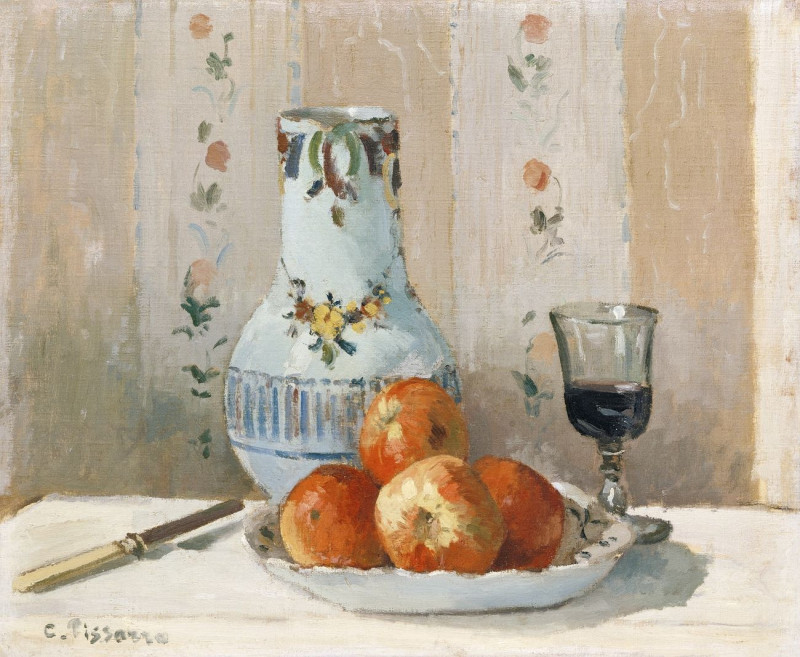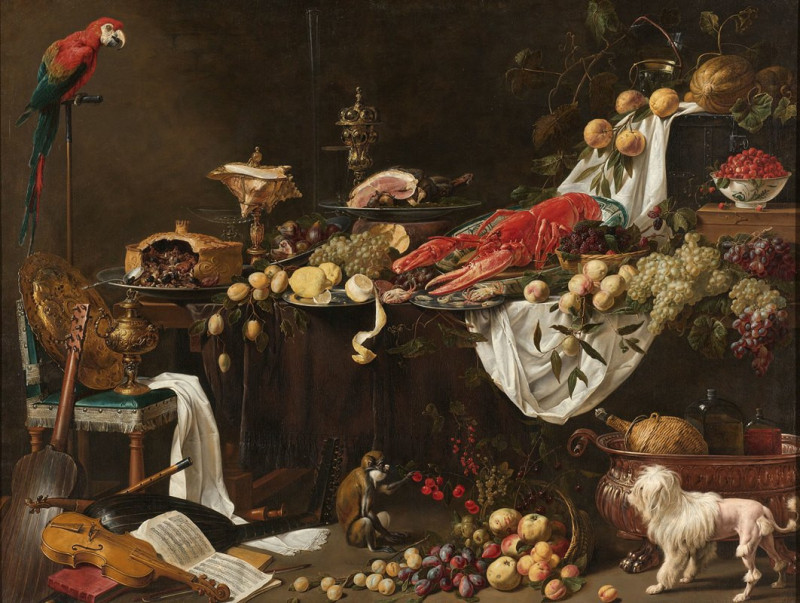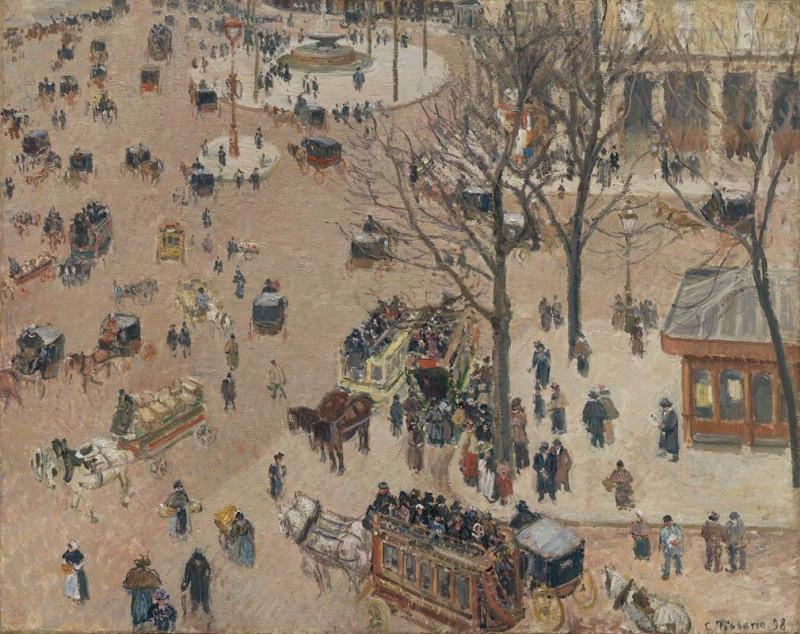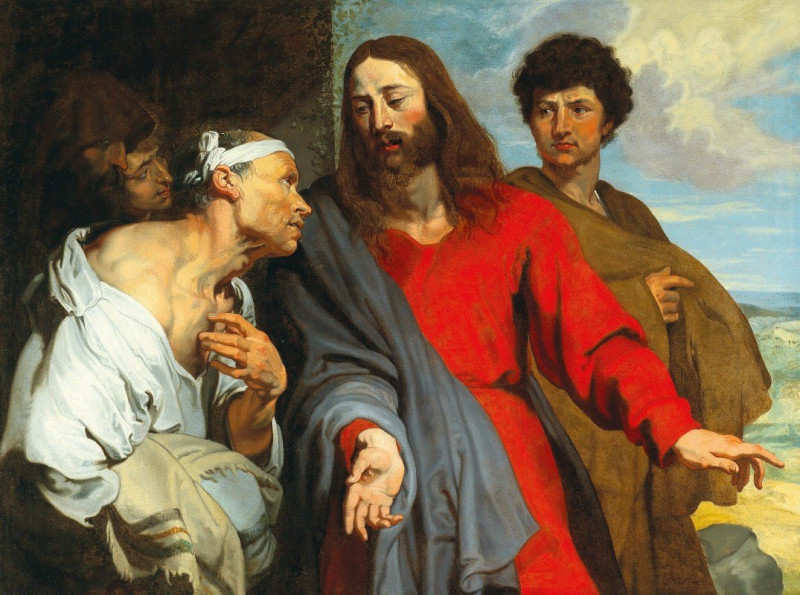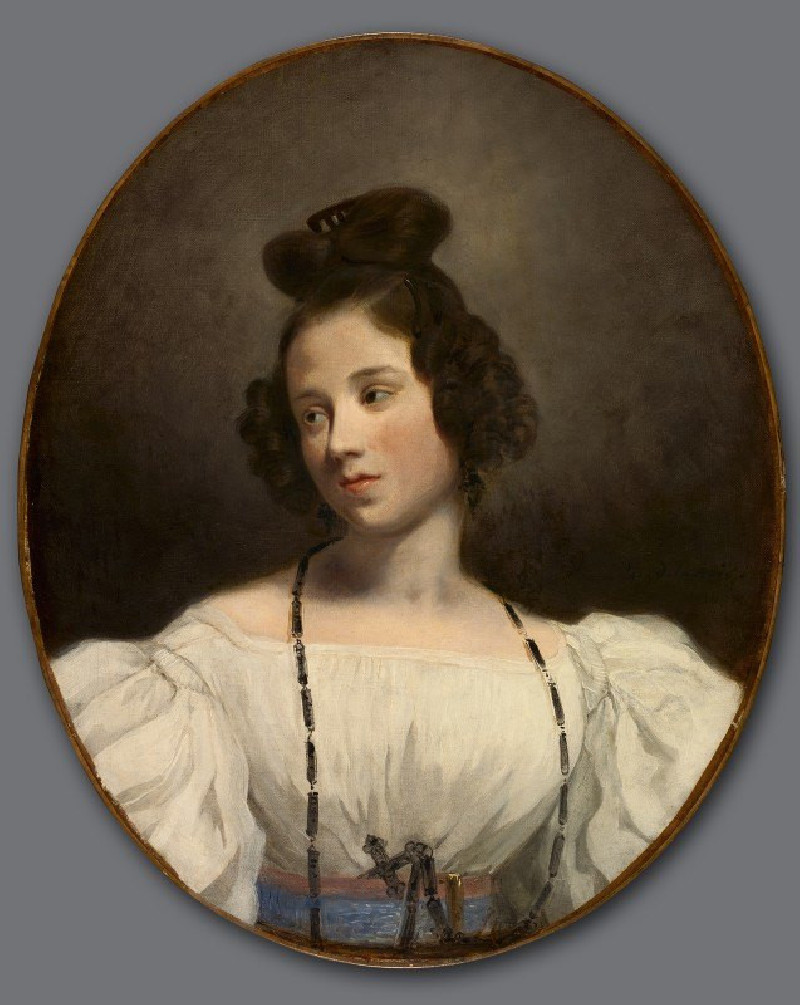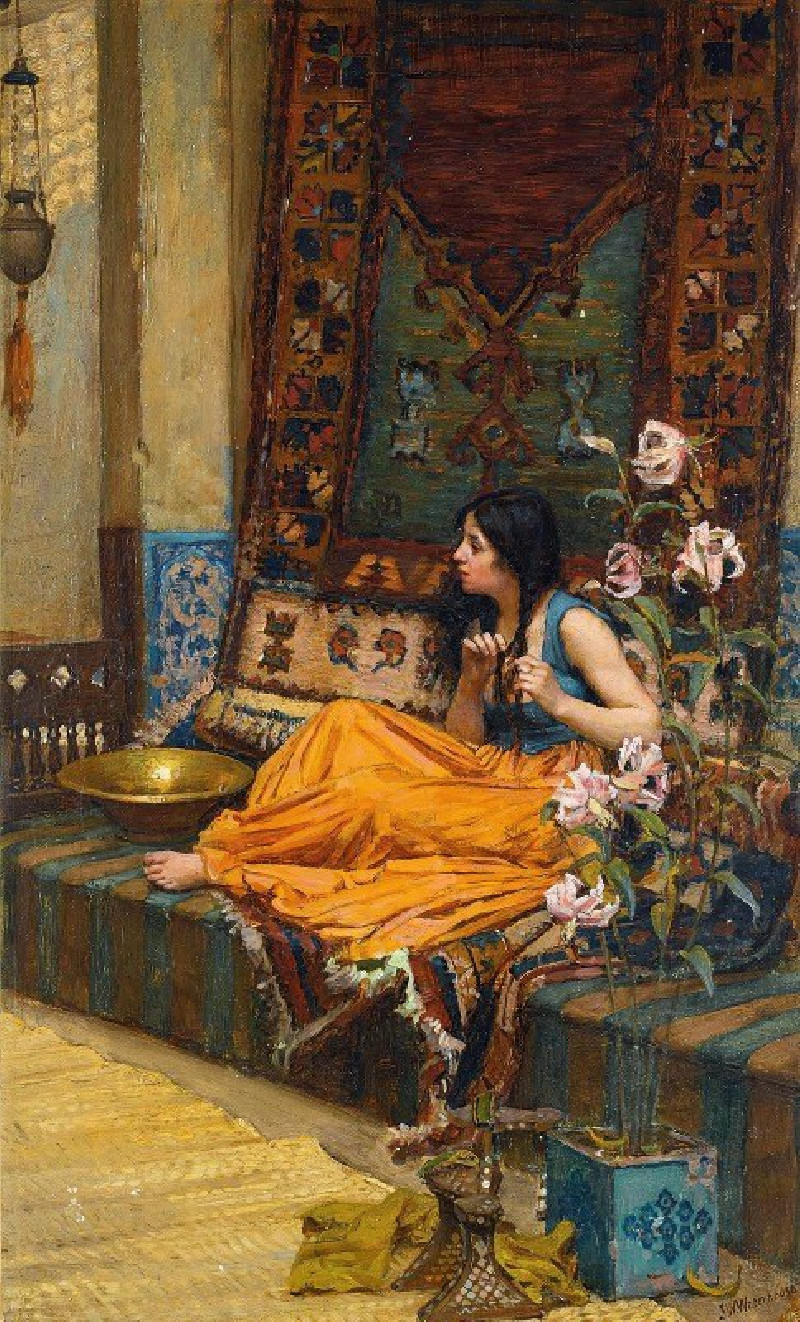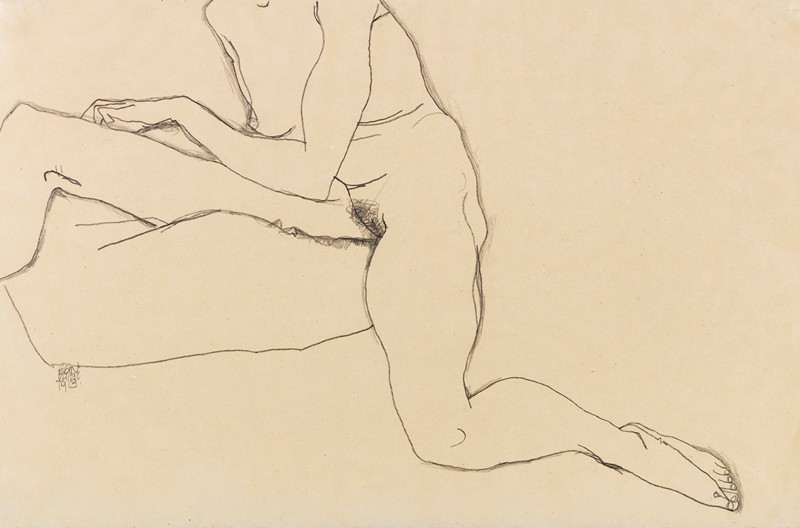Beggar With A Duffle Coat
Technique: Giclée quality print
Recommended by our customers
More about this artwork
The painting portrays an elderly man standing with his body slightly turned. He has a long, unkempt beard and a deeply wrinkled face, suggesting a life of hardship. He wears a cap, possibly of reddish-brown color, that sits snugly on his head, adding a touch of warmth to his appearance. His outer garment is a bulky, olive-green duffle coat, weathered and ill-fitting, which envelops him like a protective shell. Beneath this, hints of a blue garment peek out. His hands are especially expressive; one is tucked inside his coat, and the other is extended outward, palm up, in a gesture that could be read as pleading or offering. His trousers are nondescript and merge with the dark, indistinct background, focusing the viewer’s attention on his upper body and face. His shoes are worn and unremarkable.
Delivery
Returns
Édouard Manet (1832–1883) was a French modernist painter and one of the first 19th century artists to paint modern life. His impressionist style is characterized by relatively small and thin brushstrokes that create emphasis on light depiction. Manet was one of the key artists in the transition from realism to impressionism, along with Claude Monet, Edgar Degas, and Pierre-Auguste Renoir. However, he resisted involvement in any one specific style of painting, and only presented his work to the Salon of Paris instead of impressionist exhibitions. His early masterworks, The Luncheon on the Grass and Olympia, created great controversy and served as a rallying point for other young painters.

